Breaking Bread: The Symbolic Roles it Plays in Judaism and Christianity
Bread, a staple food for millennia, holds profound symbolic significance in both Judaism and Christianity. Beyond its nutritional value, bread embodies deep spiritual meanings and is central to various rituals and traditions in these two Abrahamic faiths. Let’s explore the similarities in the use of bread within these religious contexts, highlighting its role as a symbol of sustenance, community, and divine providence.
Bread in Judaism: Symbol of Sustenance and Freedom
In Judaism, bread has a pivotal role, especially in the observance of the Sabbath (Shabbat) and festivals like Passover. Challah, a special braided bread, is traditionally consumed during Sabbath meals. It symbolizes joy and the special status of the day, reminding the faithful of the double portion of manna that God provided to the Israelites on Fridays during their desert sojourn.
Passover presents a different symbolic use of bread with Matzah, unleavened bread. Matzah recalls the Israelites' hurried departure from Egypt, not having time to let their bread rise. It symbolizes freedom, simplicity, and the haste with which the Israelites left bondage, serving as a poignant reminder of deliverance and hope.
Bread in Christianity: Symbol of Communion and Sacrifice
In Christianity, bread takes on a profound symbolic meaning in the Eucharist, also known as Holy Communion. During the Last Supper, Jesus broke bread and distributed it to his disciples, saying, "This is my body, which is given for you." In Christian liturgy, bread symbolizes Christ's body, sacrificed for the salvation of humanity. It represents not only the physical nourishment but also the spiritual sustenance found in Christ.
The use of bread in the Eucharist reflects a deep connection to Jewish traditions, recognizing Jesus’ Jewish heritage and the Last Supper’s roots in the Passover meal. Thus, bread in Christianity also signifies a continuation of the themes of deliverance and divine provision.
Shared Symbolism and Community Significance
In both Judaism and Christianity, bread symbolizes more than physical sustenance; it represents spiritual nourishment, communal bonds, and divine care. The act of breaking bread together transcends mere eating, fostering a sense of community and shared faith. This shared symbolism underscores the common heritage and spiritual values in these two religions.
I know this article is short. I am not worried today with writing a massive thesis in what can be mistaken as divisive or lacking the correct tone. Better I keep things simple. What’s the saying, leave some bread crumbs? Something that’s tasty. Small. Safe. Easy to digest. This is a big meal and needs to be broken down in numerous shared plates. The truth is we are unpacking this together. When I write, I reflect. I think of what the week has taught me and what I want to learn more about. Then I share this meal and together we try to break this down into the building blocks that makes us human.
I end with a recipe for bread. I encourage you to try it out. To use the time that bread gives you between each phase to think about what you value in this life. To reflect on your part in this world, and what you want to leave behind.

A Very Simple Bread Recipe
Ingredients
Instructions
- In a large bowl, combine flour, yeast, sugar, and salt.
- Add warm water and olive oil. Mix until a shaggy dough forms.
- Knead the dough on a floured surface for about 10 minutes until smooth and elastic.
- Place the dough in a greased bowl, cover with a cloth, and let it rise in a warm place for about 1 hour, or until doubled in size.
- Punch down the dough and shape it into a loaf. Place it on a baking sheet and let it rise for another 60 minutes.
- Preheat your oven to 375°F (190°C).
- Bake the bread for about 25-30 minutes, or until golden brown and hollow-sounding when tapped.
- Let the bread cool before slicing.
- Think about your humanity. Eat with butter.

